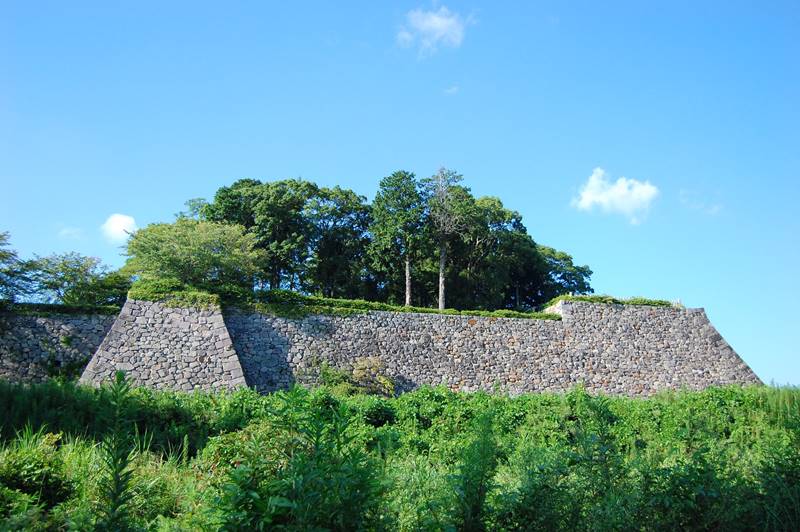This is all about Sasayama Castle Ruins you want to know.
Every information you get on this site will be from a credible source based on Japanese history (books for reference).
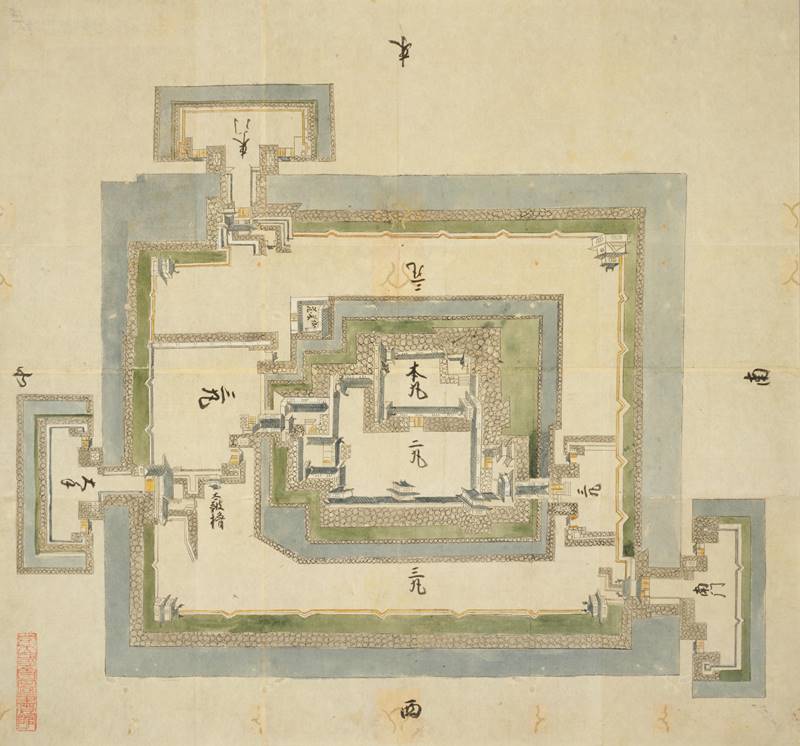
Collected by the Inagaki family, the Toba Daimyō from the mid-Edo period to the Meiji Restoration, as materials for military studies. There are about 350 illustrations, but there is no uniformity because only illustrations of castles, illustrations including castle towns, and old battlefield illustrations are mixed.
Another typical example of a castle picture in the Edo period is "The Shōhō Shiroezu", picture of the castle and castle town that the Edo Shogunate ordered the daimyō to create and submit,aggregating military information such as the buildings inside the castle, the height of the stone wall, the width of the moat and the water depth, etc., it also details the location and shape of the castle town and the mountain river.
Profile : Sasayama Castle Ruins
| Location | Tanba-sasayama City, Hyōgo Prefecture |
| Also known as | Kiriga castle |
| Type of castle | Hilltop |
| Mountain's name | Tanba-sasayama Basin |
| Elevation | ー |
| Condition | No main keep but other buildings |
| Designation | National Historic Sites National Important Preservation Districts for Groups of Traditional Buildings |
| Year built | 1609 |
| Abolished | 1871 |
| Castle lord | Tokugawa Ieyasu |
| Refurbishment lord | ー |
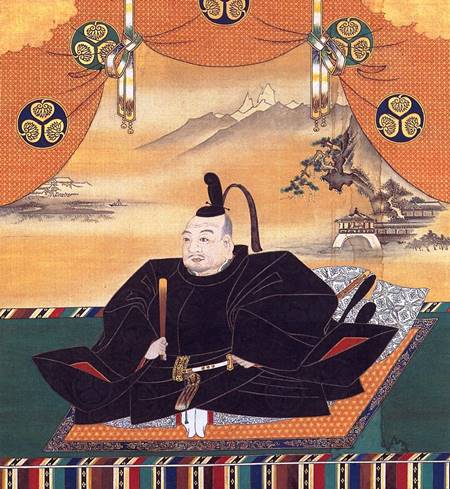
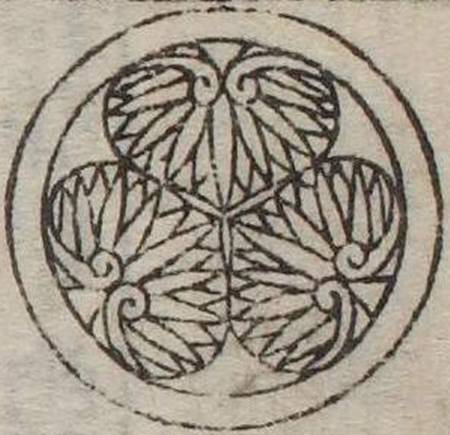
The family crest was originally created from the pattern that the emperor and the royal family put on the kimono, and the pattern was made into a fixed pattern, and the one attached to his own oxcart is said to be the beginning of the family crest. The warlords drew large crests on the flag-fingers, used to distinguish enemy views on the battlefield, and used by the generals to determine which warlords were active and how much.
Sasayama Castle admission
admission fee : 400yen (Adult) 200yen(over high school students) 100yen (junior high and elementary school students)
admission time :
spring (May 1- October 31) : am8:30-pm8
summer (November 1-April 30) : am8:30-pm7
closing period : December 25 - January 1 every Monday (open national holidays, closed the next day) reference official site
Sasayama Castle Google MAP
Sasayama Castle Images
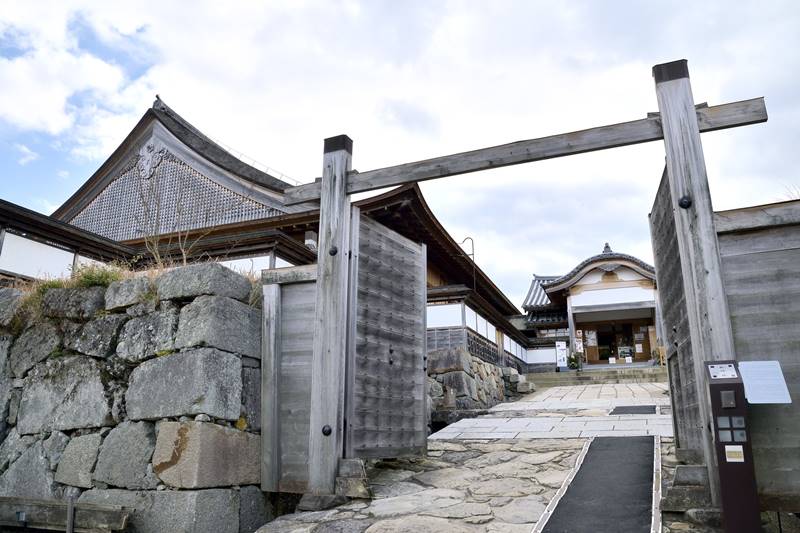
Sasayama Castle was swiftly built in preparation for Toyotomi Clan, the enemy at Osaka Castle, mobilized 20 daimyō from15 countries in 1609. Nawabari was a large-scale contractor, carried by a castle master of Tōdō Takatora. Despite short period of about 200 days, it was highly completed surprisingly.
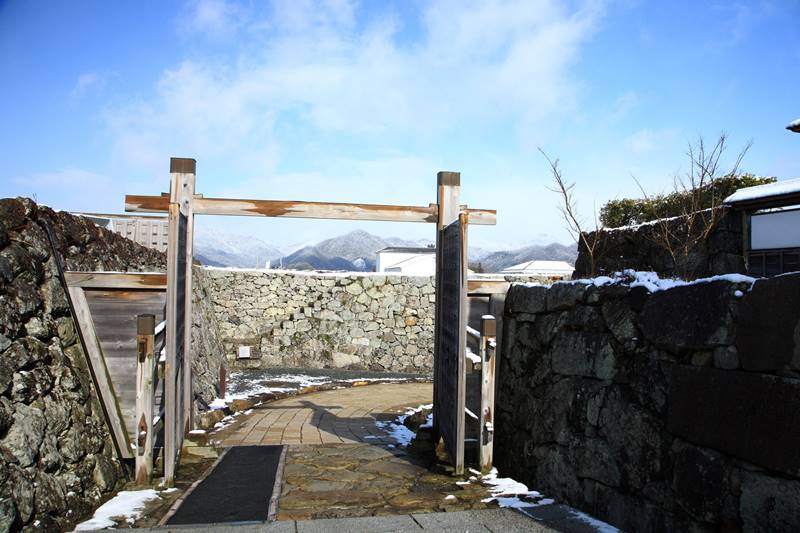
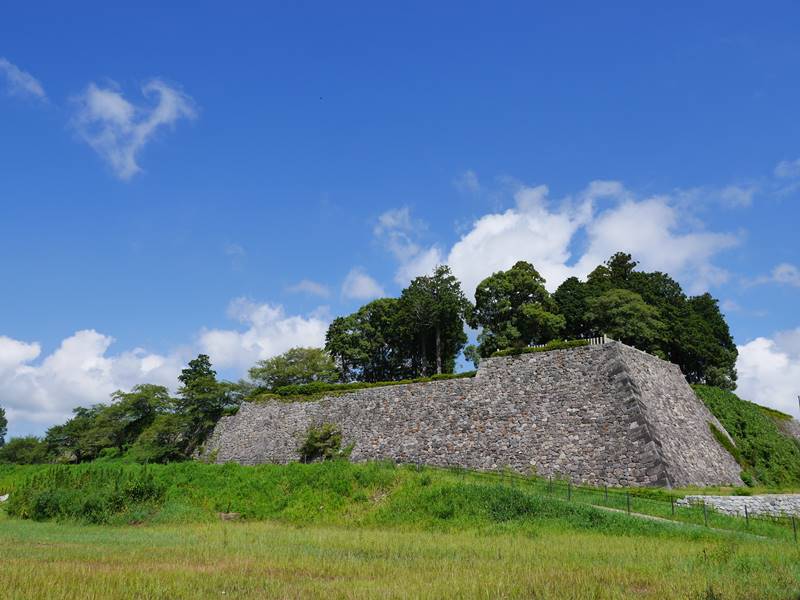
It was built with a 17-meter-high tall stone wall, existed from the beginning of the castle, but the main keep itself was not built. Since this castle was stronger than expected, Tokugawa Ieyasu reportedly "did not make it" to avoid stimulating Toyotomi Clan.

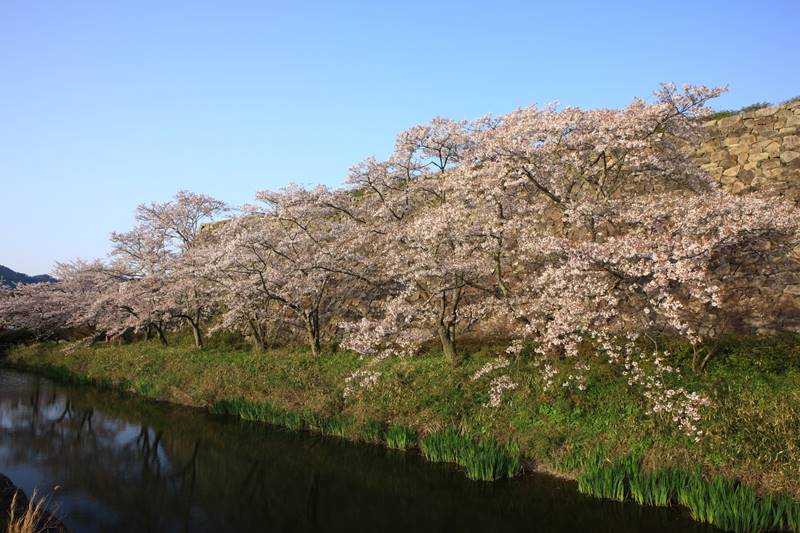
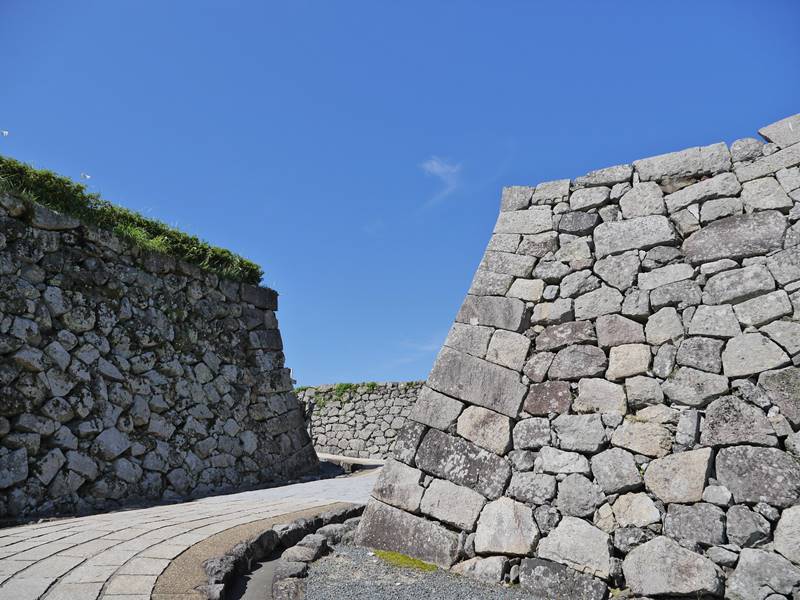
A shield to prevent the enemy from going straight) which further increased defense.
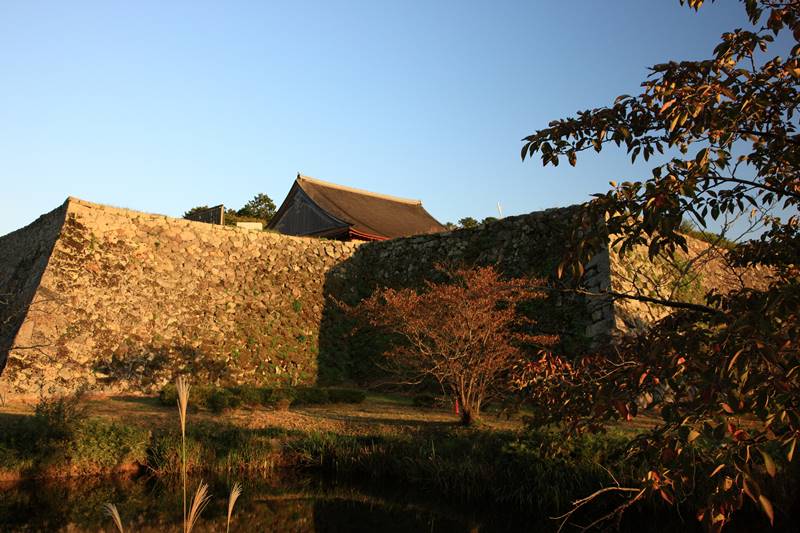
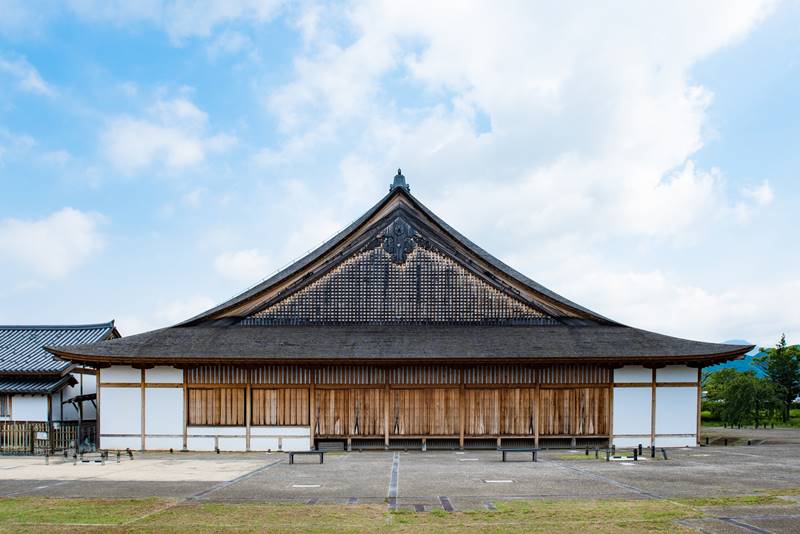
The restored Ōshoin is used for ceremonies and events related to other ceremonies which the core building of Sasayama Castle without a main keep, and it can be said that it had an exceptional scale and an old-fashioned architectural style as a daimyō's Shoin. It was rebuilt on the north side of Ninomaru in 2000. In the Meiji era, all buildings except Daishoin have been removed. The only remaining Ōshoin was burned down in 1944 and restored in Heisei era.
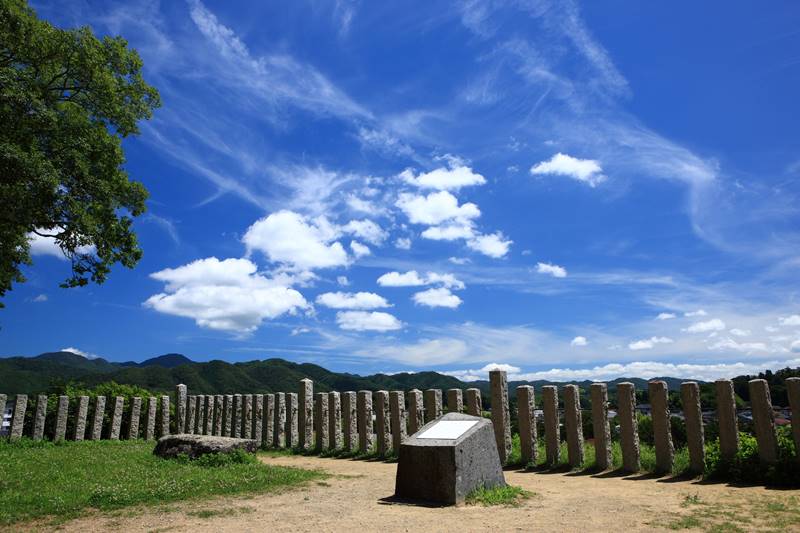
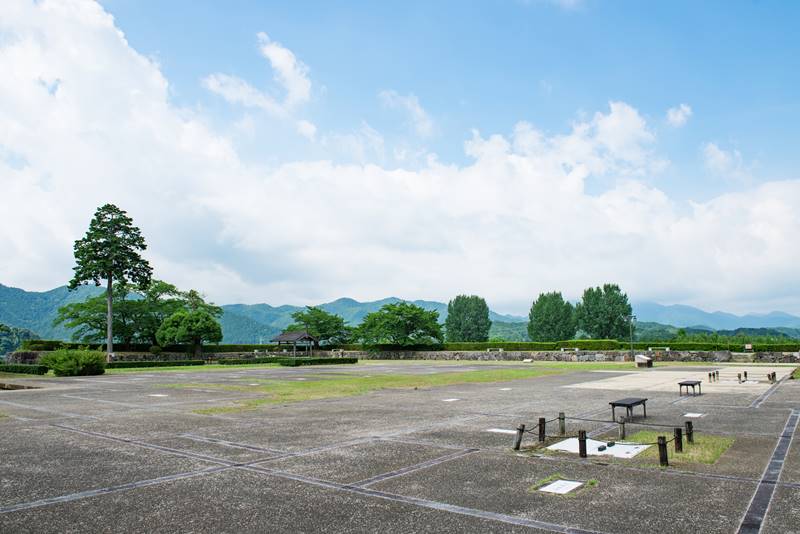
Link : A castle designed by "Master of the castle" [block]4[/block]
【east japan】Edo castle 【west japan】Uwajima Castle 【west japan】Kōchi Castle 【west japan】Ōzu Castle 【west japan】imabari Castle 【central japan】Igaueno Castle 【west japan】Nijō castle 【west japan】Wakayama Castle 【west japan】Ōsaka castle 【west japan】Sasayama Castle
